5 Sep 25 — 26 Apr 26
Ilona Singer, Portrait of Francesco von Mendelssohn, 1928, Private Collection Wiesbaden, Photo: Ketterer Kunst GmbH & Co KG, Munich
The collection boasts works by renowned artists such as Erich Heckel, Alexej von Jawlensky, Ida Kerkovius, and Max Pechstein, representing pivotal figures of German Expressionism within the artist groups “Der Blaue Reiter” and „Brücke“. Rarely exhibited artists including Erma Bossi, Elisabeth Epstein, and Ilona Singer, as well as significant sculptures by Ernst Barlach, Gerhard Marcks, Marg Moll, and Milly Steger, complement this exceptional assemblage of artworks. The exhibition offers insight into the rich history of Museum Wiesbaden's departement for “Classic Modernism”, cultivated over a century through significant contributions and endowments. Finally, it illuminates the museum's work and shares the stories behind theseremarkable additions to its collections.
When the prestigious new building of the Museum Wiesbaden was opened in April 1915, the art of Cassical Modernism (around 1900—1950) with its expressive, abstract and neo-objective tendencies was highly topical and contemporary. Even then, the museum benefited from the commitment of individual private individuals, such as Heinrich Kirchhoff and Hermann Pagenstecher, who made their extensive collections permanently accessible to the public in the museum's rooms. When the National Socialists came to power, the situation changed dramatically: after the Second World War, confiscations by the terror regime meant that hardly anything remained of the modernist and avant-garde art that had become “classical”. Once again, it was committed citizens who helped to rebuild or substantially expand the collections with generous donations, foundations or testamentary dispositions.
These important donations and the stories behind them are now to be presented: The impetus for this was provided by an extensive and high-quality collection from the era of classical modernism, which a private collector from Wiesbaden amassed over many years and bequeathed to the museum in his will in 2018.
The special thing about this collection, which is now being presented for the first time in a representative selection, is that it was precisely matched by the collector to the current holdings of the Museum Wiesbaden. Because before each new acquisition, the patron always asked us this one beautiful question: “Is this something the museum would be interested in?” „Yes, it certainly is!“
Artists inside the Collection
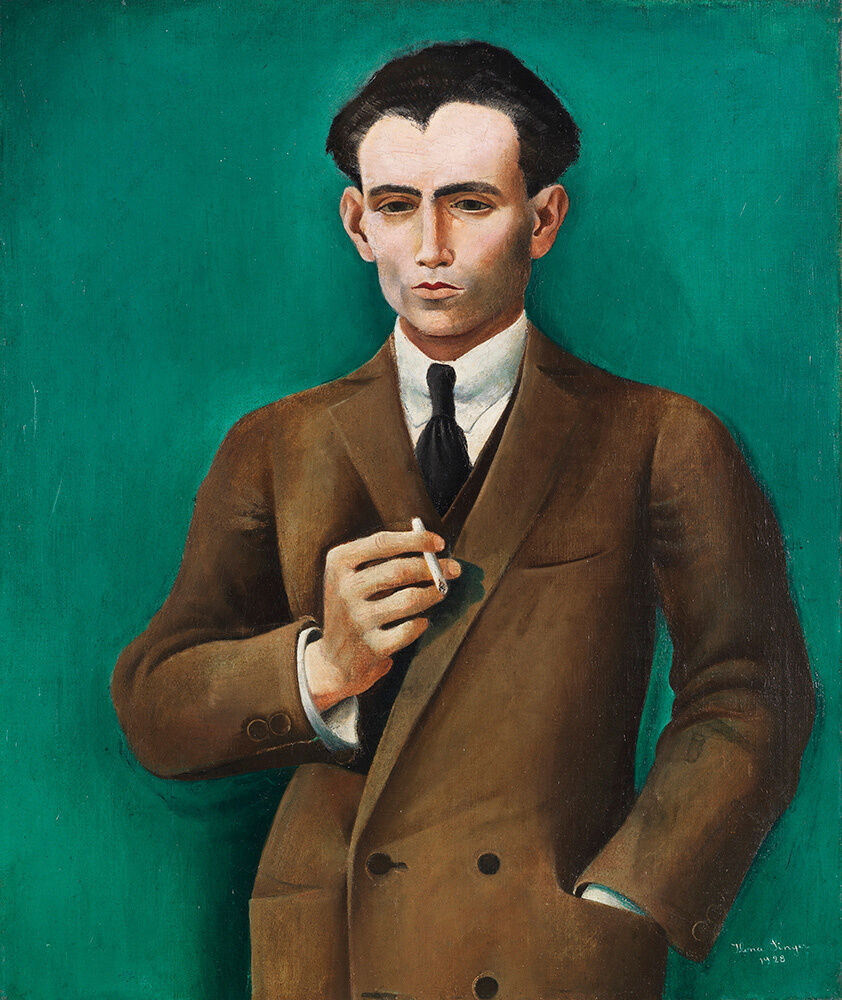
The wealthy private owner Heinrich Kirchhoff (1874—1934) moved into his newly completed Art Nouveau villa at Beethovenstraße 10 around 1908/09. From there, he was able to closely follow the construction of the new Wiesbaden Museum, which began in 1912/13. This is probably one of the reasons why art became his passion. As soon as it opened in April 1915, the Kirchhoff Collection in the magnificent rooms of the building embodied the previously non-existent department for contemporary art. Over the years, the collection has shifted its focus from Impressionism and Expressionism to New Objectivity and geometric abstraction, and in 2018 almost 800 works can be attributed to it.
Kirchhoff's vision was to establish Wiesbaden as an important German art center, following the example of Berlin. He himself not only tried to attract young artists such as Conrad Felixmüller (1918) to the city, but it was also thanks to him that the established painter Alexej von Jawlensky settled here in 1921. Because of his top-class collection (and probably also because of his money), many great avant-garde artists such as George Grosz, Wassily Kandinsky, Paul Klee and Emil Nolde visited the spa town in the 1920s. From the outset, Kirchhoff also planned to donate his collection to the museum. But everything turned out differently: when the National Socialists came to power, his art collection, which comprised up to five rooms, was returned to him, the private owner. Shortly afterwards, Kirchhoff, who would no longer have understood the world, died of heart failure. Today, the collection, which was his life's work as long as the current locations of the paintings could be identified, is widely dispersed: they can be found in the Metropolitan Museum, the MoMA and the Guggenheim Museum in New York, among others. To date, it has only been possible to reacquire works for the Museum Wiesbaden on a selective basis, but the Kirchhoff Collection remains the first point of reference for the Classical Modernism department.
Artists inside the Collection
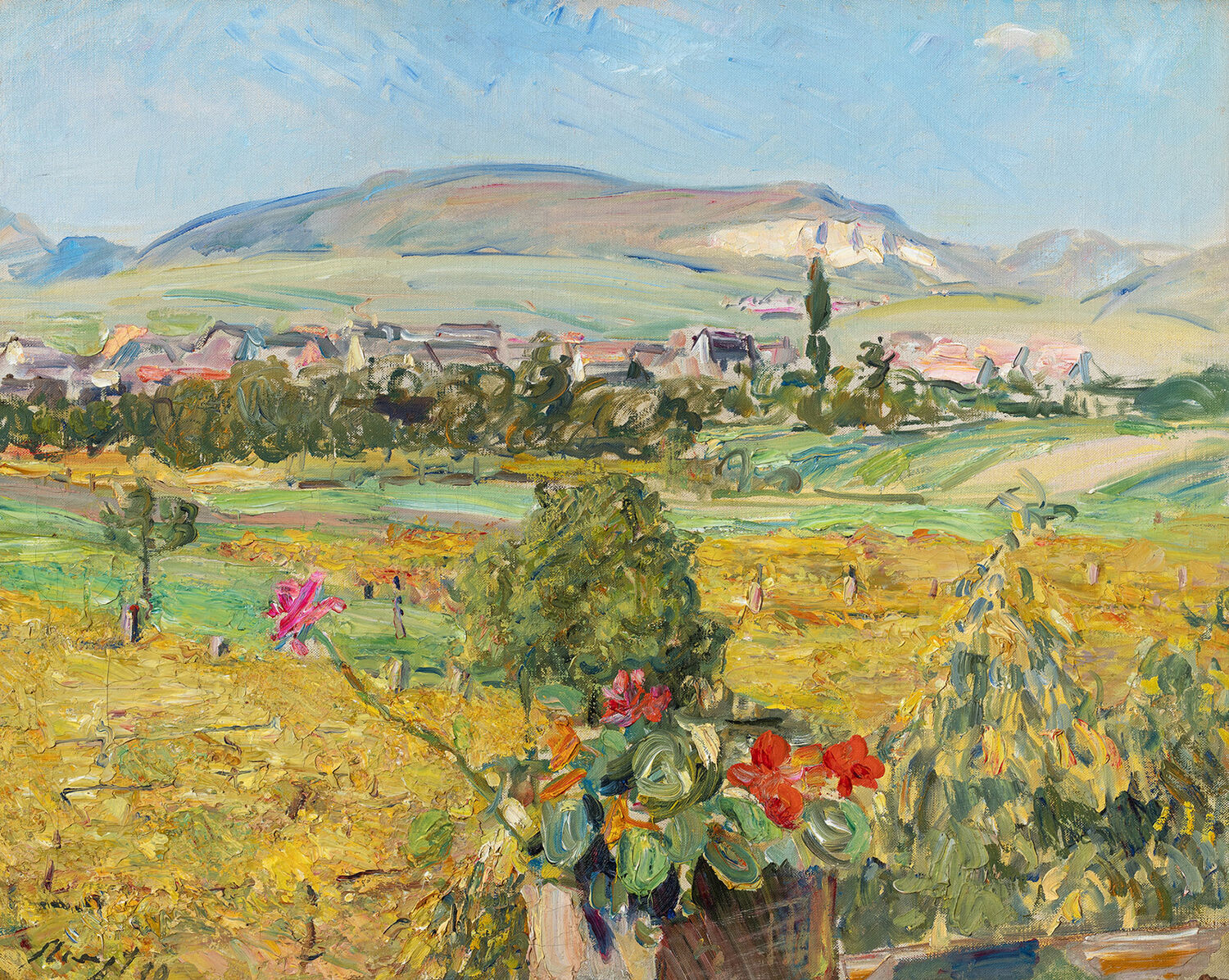
Hanna Bekker vom Rath (1893—1983) was many things: a talented painter, an influential networker, a devoted patron, and a respected art dealer. Parallel to all these facets, she always remained a collector. She acquired her first work of art — an expressive late Gothic torso of Christ — in 1909 while still a teenager and on her own initiative; from the 1920s onwards, she explicitly favored Expressionist figurative art, for example by Wilhelm Lehmbruck or Ernst Ludwig Kirchner. One of her role models was probably Heinrich Kirchhoff, whom she visited several times in his Wiesbaden villa between the two world wars. In 1947, she founded her “Frankfurter Kunstkabinett” and generally maintained close, sometimes familial contact with many artists, many of whom she courageously supported during the Nazi regime. Over the years, she developed an unerring instinct for the highest artistic quality, which is reflected not least in her private collection.
In her will, Hanna Bekker, who had lived in Hofheim am Taunus for most of her life, stipulated that 30 selected works from this collection, which had been created over decades, should be “donated” to a museum in the Rhine-Main region for an obligatory sum. The Wiesbaden Museum was awarded the contract in 1987, making it once again one of the top addresses in Germany for expressionist painting. The Association for the Promotion of Fine Art in Wiesbaden was founded specifically to raise the funds for the purchase.
One of the arguments for voting for Wiesbaden when executing the will was the fact that 14 of the 30 paintings earmarked for “donation” were by Jawlensky — the very painter who had lived in Wiesbaden (and in some cases directly opposite Heinrich Kirchhoff) for 20 years until 1941. With the Hanna Bekker collection, the Wiesbaden Jawlensky collection has become the most important public collection in the world.
Artists inside the Collection
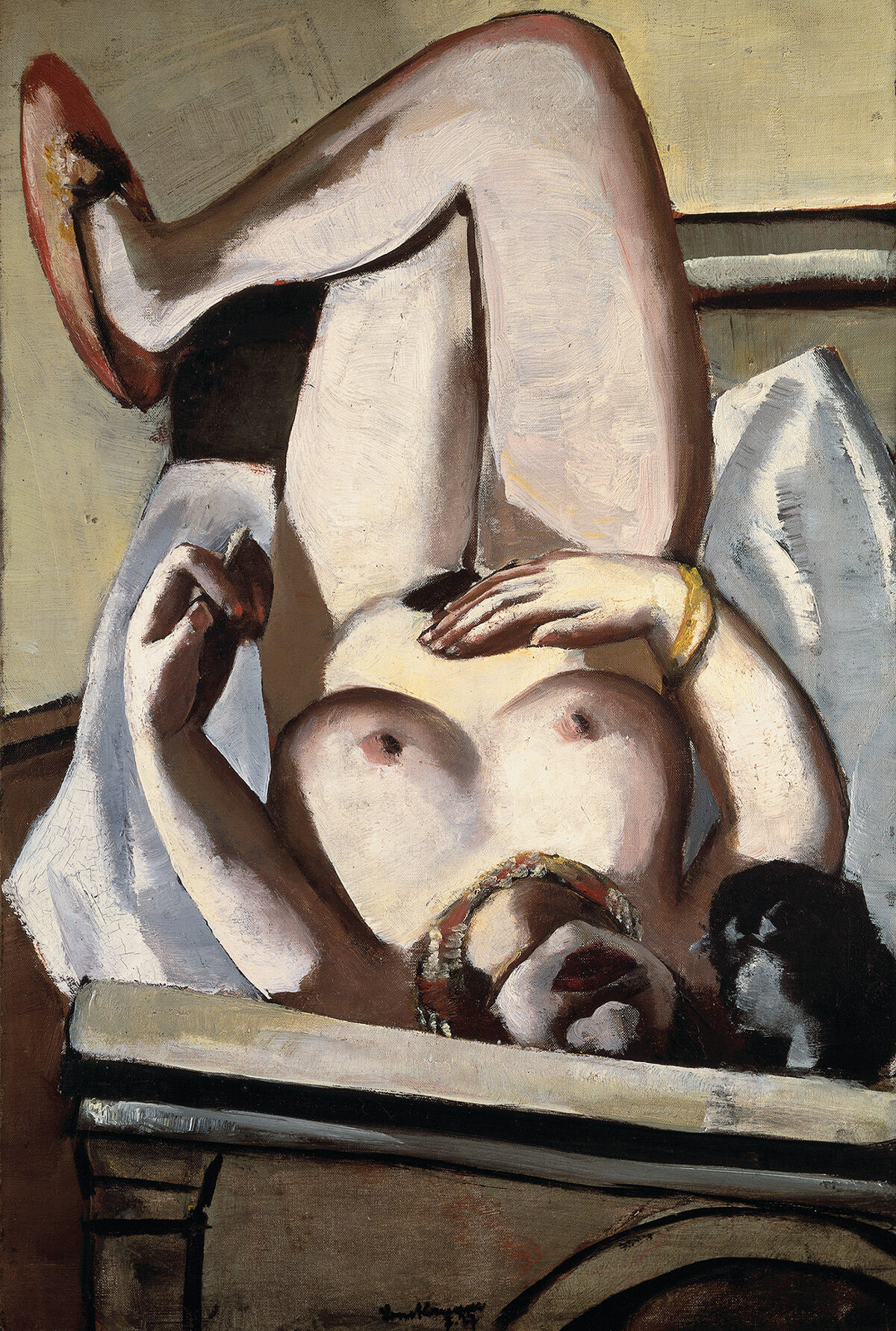
On the occasion of his 80th birthday in 2018, Frank Brabant (*1938), who had lived in Wiesbaden since the late 1950s, decided to donate half of his collection to the Staatliche Kunstsammlungen Schwerin and the Museum Wiesbaden after his death. Schwerin is the collector's hometown; it was in Wiesbaden that he amassed his collection over six decades. The first work of art — a woodcut by Max Pechstein – was acquired by Brabant, who was the manager of a nationally known discotheque until the 1990s, in 1964 from the Frankfurt art cabinet Hanna Bekker vom Rath. This awakened his passion for collecting — today he owns over 700 works of art. What is special about this collection is the balanced distribution, which includes many big names of the avant-garde on the one hand, but also lesser-known artists who were forgotten due to the Nazi reign of terror.
In 2014, on the occasion of the 150th birthday of the painter Alexej von Jawlensky, Brabant donated the Russian artist's largest painting, Helene in Spanish Costume, as well as another very important self-portrait by Karl Hofer to the Museum Wiesbaden. Since the highlights of his collection were first presented in Wiesbaden in 2010 in the show Bilderleidenschaft, the collector has regularly supported special exhibitions at the museum with loans – for example of Karl Schmidt-Rottluff (2015), August Macke (2020) and Max Pechstein (2023).
One focus of the collection is the Expressionist avant-garde at the beginning of the 20th century in the context of the artists' associations “Brücke” and “Der Blaue Reiter”. Another is on the closely related art movements of New Objectivity and Social Critical Realism. The latter was previously only sporadically represented at the Museum Wiesbaden with a few local works, which is why the Brabant Collection represents a further important enrichment for the museum with its collection of nationally renowned names from this style.
Artists inside the Collection
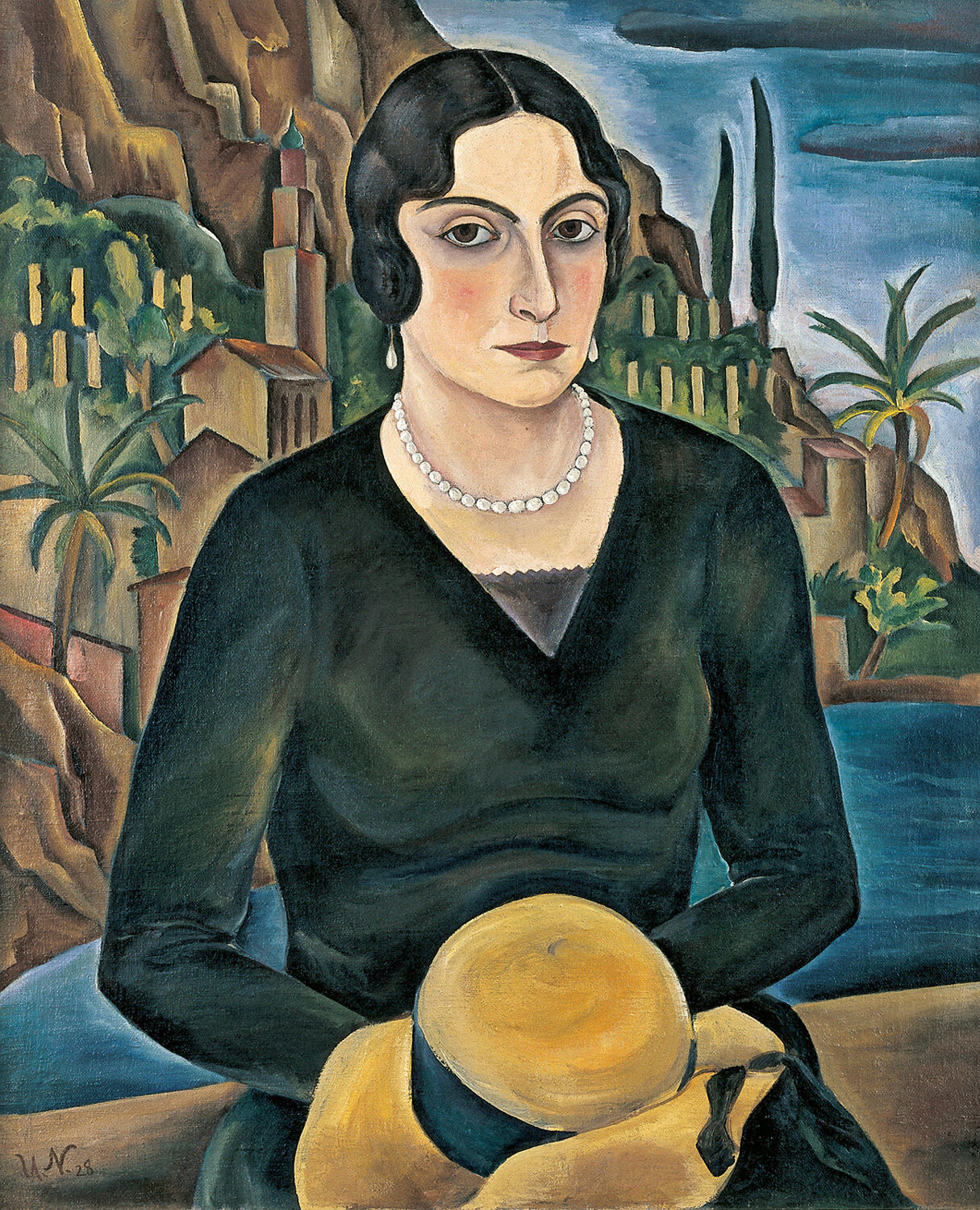
The Rick Collection has been little known up to now, but since 2013 — the moment it was officially transferred in the will — it has been an integral part of the permanent presentation of the Museum Wiesbaden. Since then, their paintings by Max Ernst, Gabriele Münter and Karl Schmidt-Rottluff have been labeled “Donation Marianne and Wirnt Rick” on the exhibits.
The donor couple lived in Düsseldorf for a long time, where the collection of around 40 works was mainly assembled piece by piece. After the retirement of Prof. Dr. Wirnt Rick, who had headed the Institute of Clinical Chemistry at the university hospitals there, the couple moved to Munich. But why did the donation go to Wiesbaden and not to Düsseldorf or Munich, the places where the owner lived?
This can be explained as follows: in 1994, a Schmidt-Rottluff painting painted on Hanna Bekker's balcony terrace in Hofheim (on display in room 6) was made available to the Museum Wiesbaden, initially anonymously via the Neher Gallery in Düsseldorf, as a permanent loan. The Rick couple acquired the painting with the view of the Taunus in 1986 — just one year before the transfer of the Hanna Bekker vom Rath collection to the Wiesbaden Museum, which caused a sensation throughout Germany. This in turn provided the decisive impetus for the Rick couple, when they moved to Munich, to offer the painting to the museum with ‘the’ Hanna Bekker Collection as a permanent loan. After Wirnt Rick's death in 2002, his widow let him know that she wanted to write a will as his sole heir and that it was “her late husband's wish” to make her “paintings and sculptures accessible to the public”. As a result of many years of trusting cooperation, the Museum Wiesbaden was ultimately appointed as the heir to the Rick Collection. This donation can therefore also be traced back to Hanna Bekker, because strictly speaking she was the reason why the Rick family first contacted the Museum Wiesbaden
Artists inside the Collection

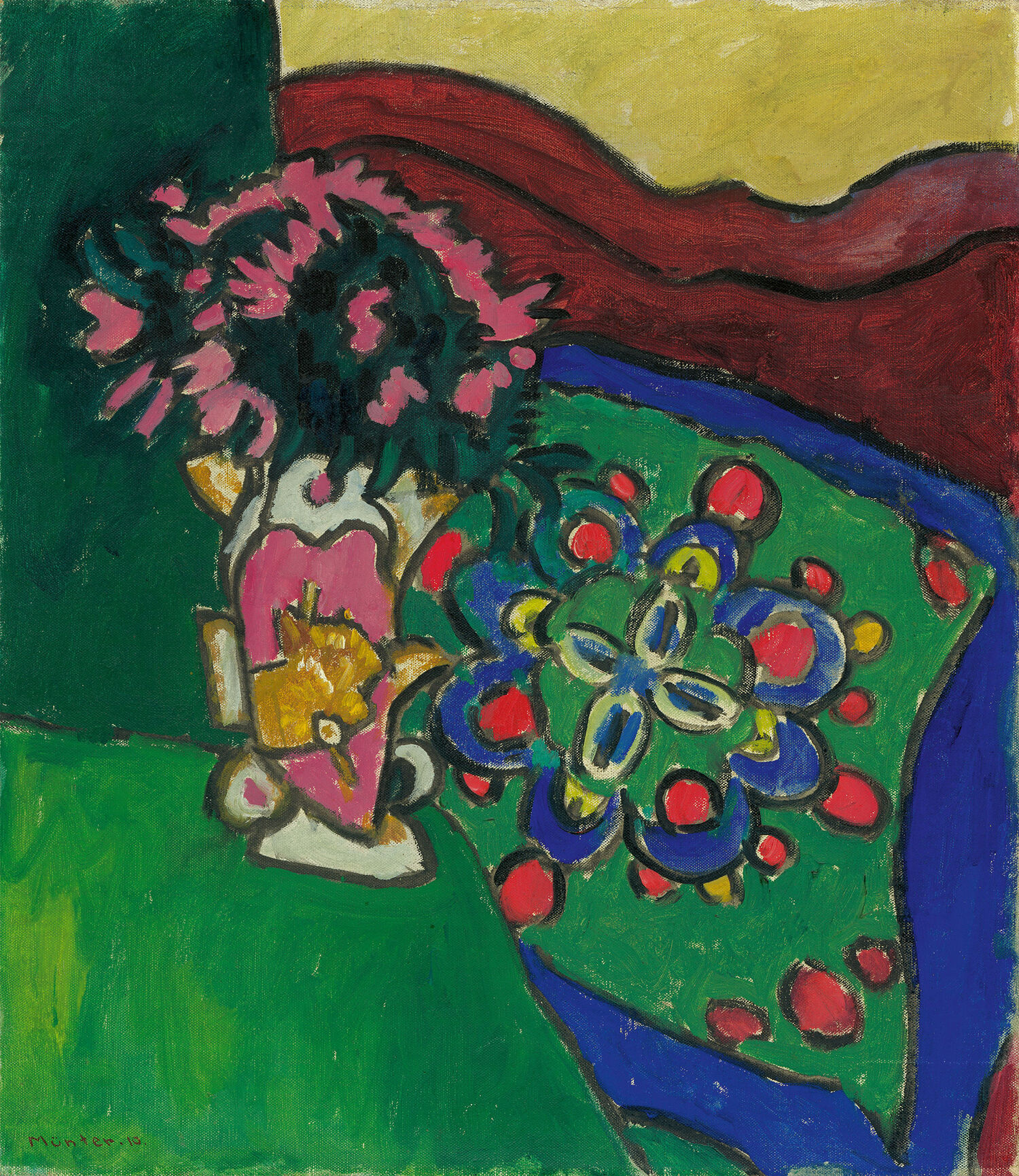
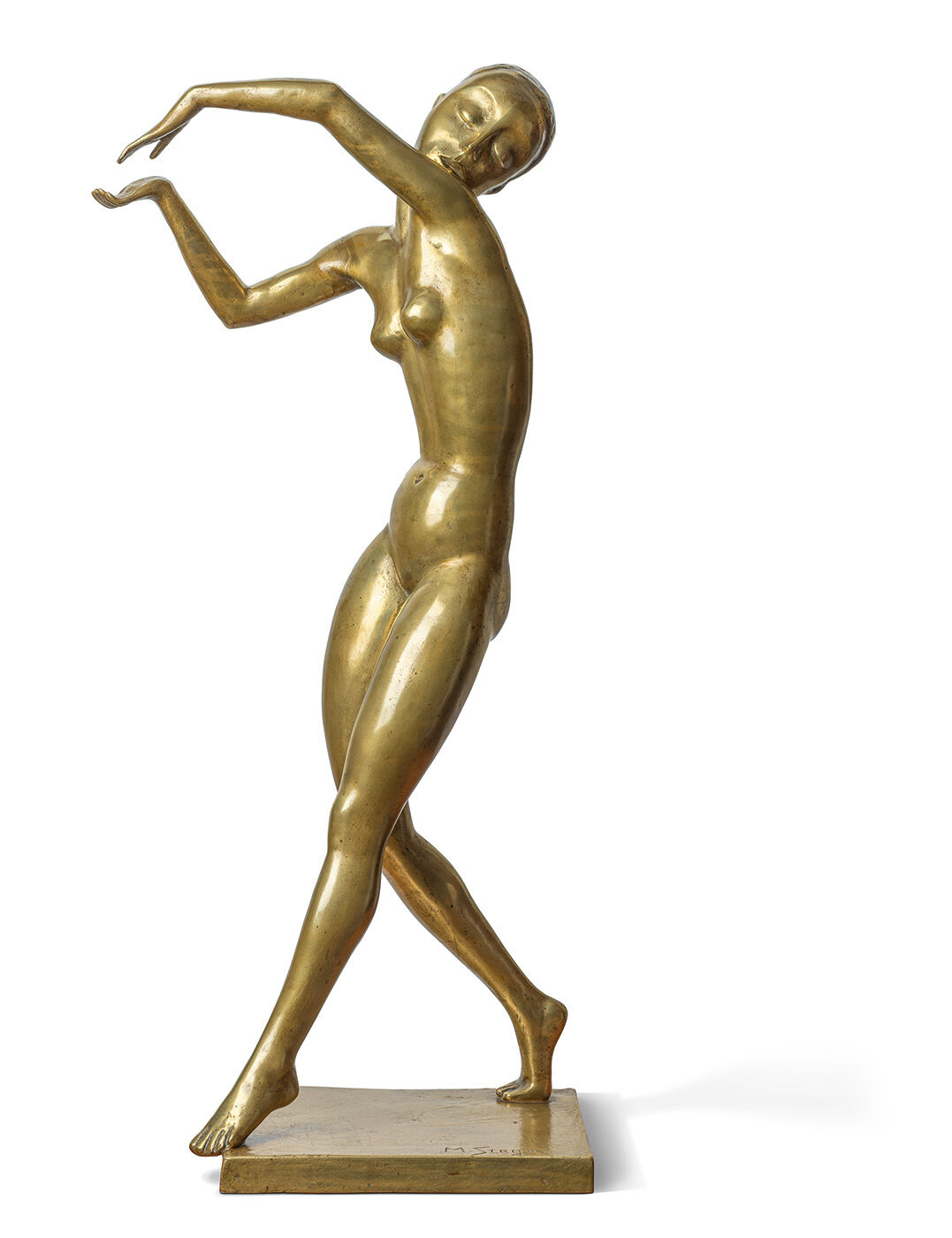
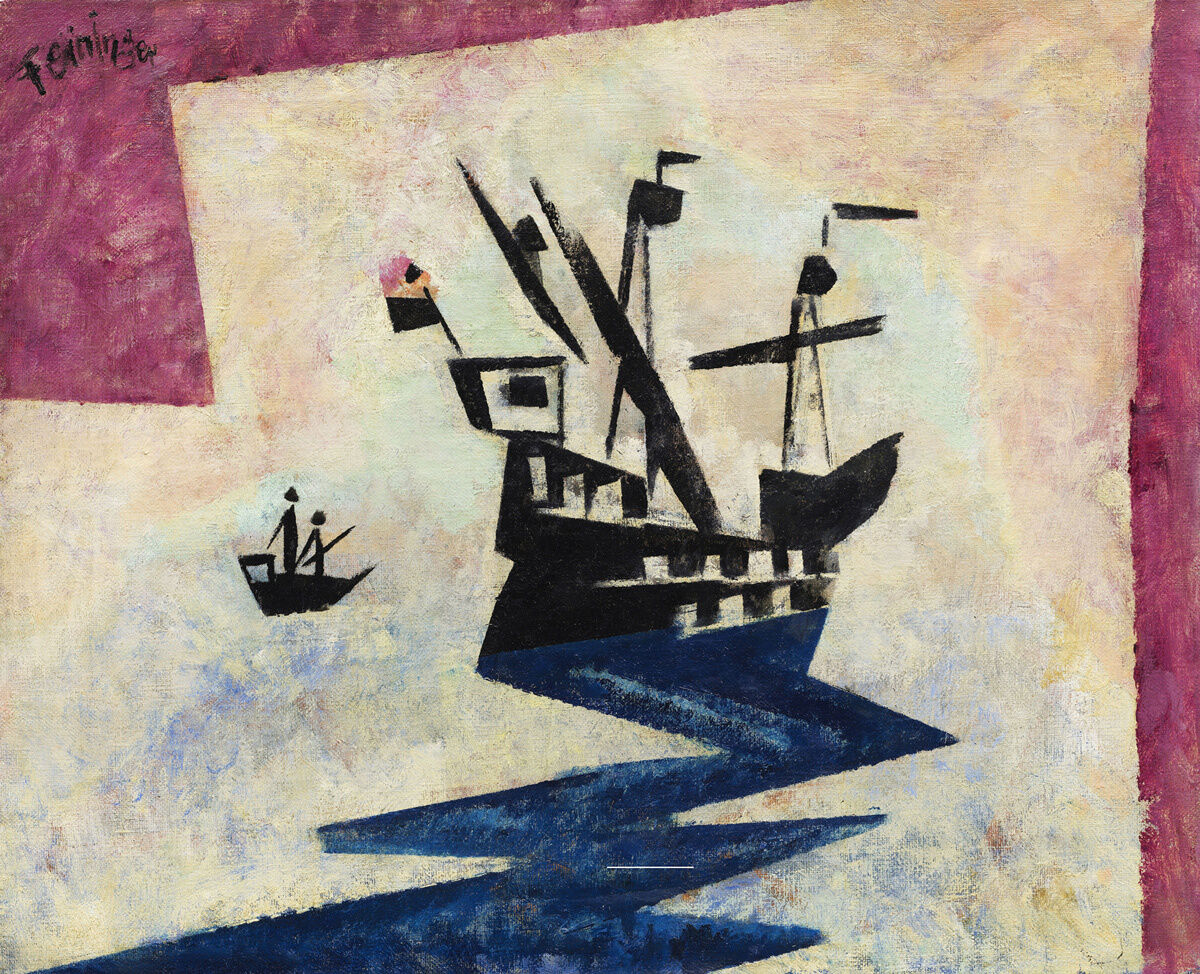
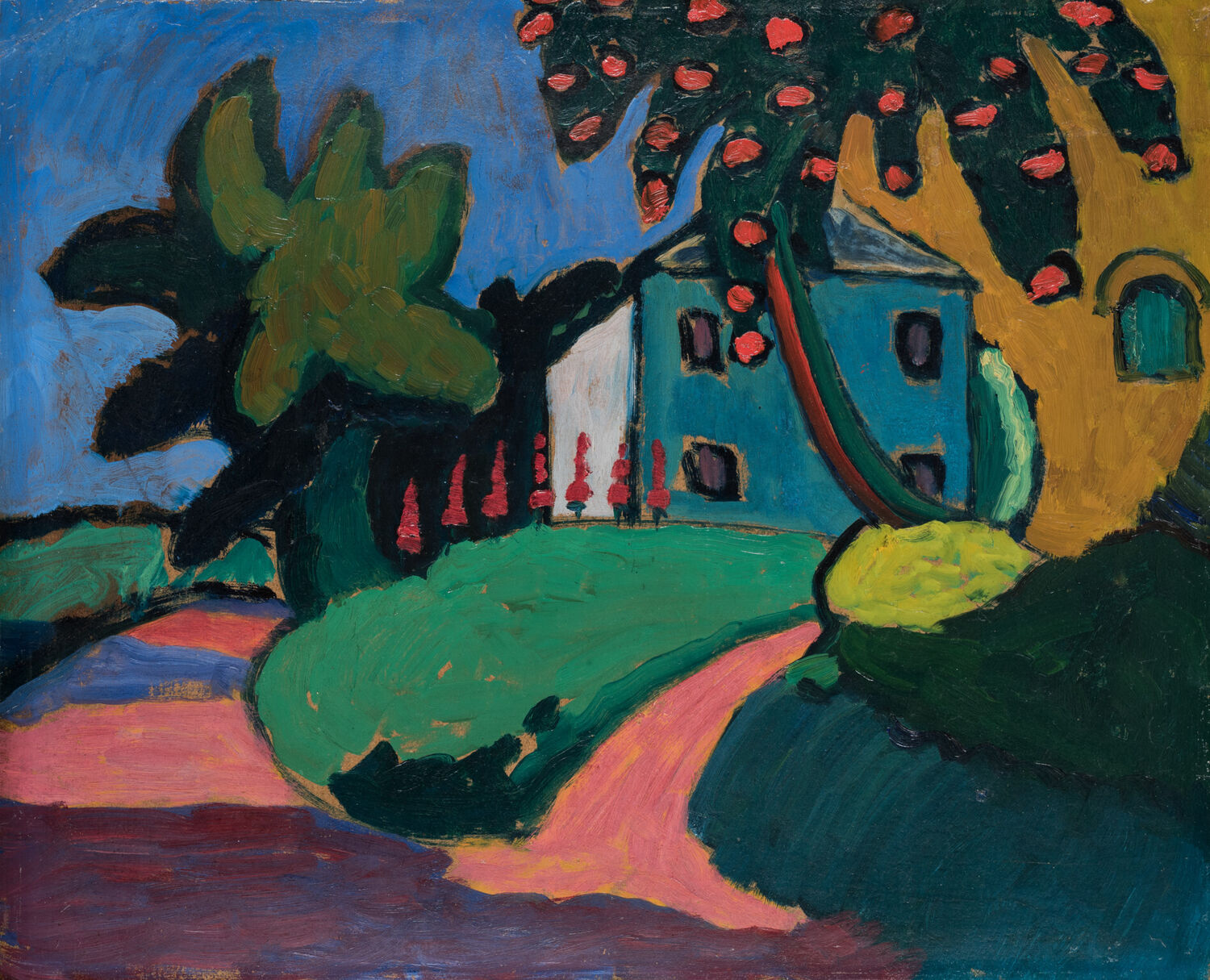
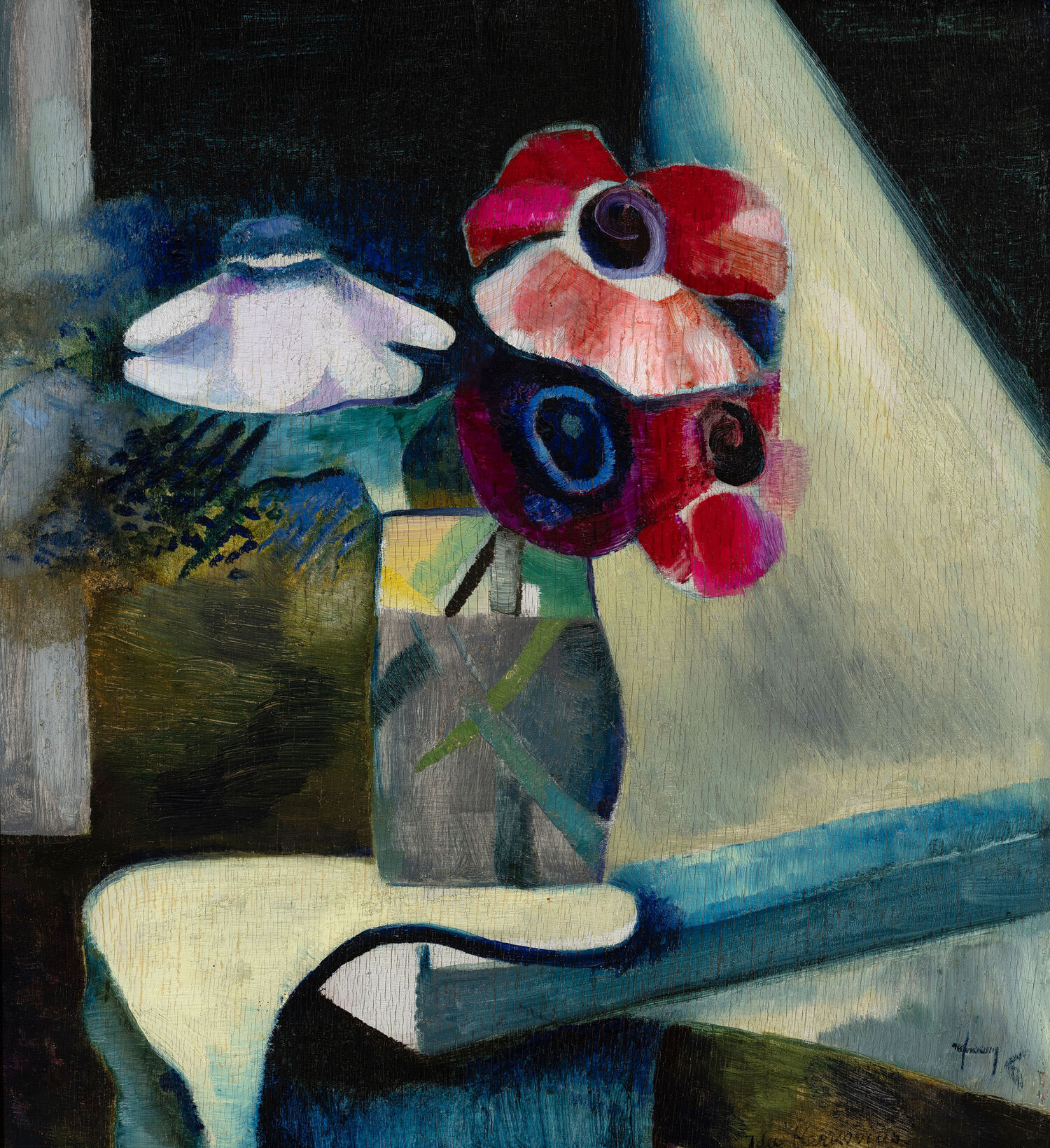
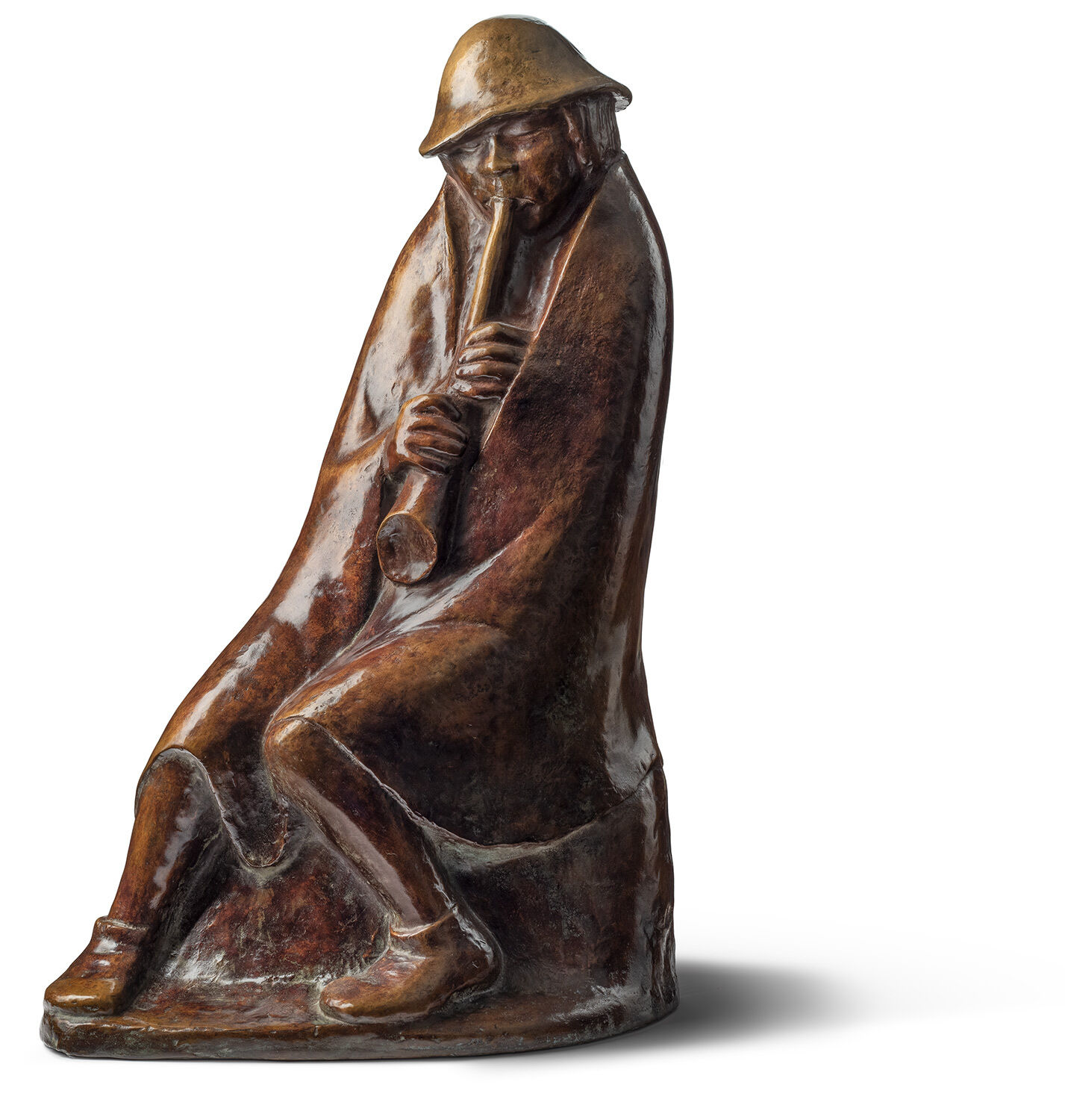
1 Gabriele Münter, Floral still life with sofa and cushions, 1910, Private collection Wiesbaden, © VG Bild-Kunst, Bonn 2025. Photo: Grisebach GmbH
2 Milly Steger, Dancer, 1921 ⁄ 22, Private Collection Wiesbaden. Photo: Bernd Fickert
3 Lyonel Feininger, Caravels, 1933, private collection Wiesbaden © VG Bild-Kunst, Bonn 2025. Photo: Ketterer Kunst
4 Gabriele Münter, Garden in Murnau, 1910, Museum Wiesbaden, Donation M. and W. Rick 2013, VG Bild-Kunst, Bonn 2025. Photo: Bernd Fickert
5 Ida Kerkovius, Still Life with Anemones, 1924, Private Collection Wiesbaden. Photo: Bernd Fickert, VG Bild-Kunst, Bonn 2025
6 Ernst Barlach, Flute player, 1933, Museum Wiesbaden, donation M. and W. Rick 2013. Photo: Bernd Fickert